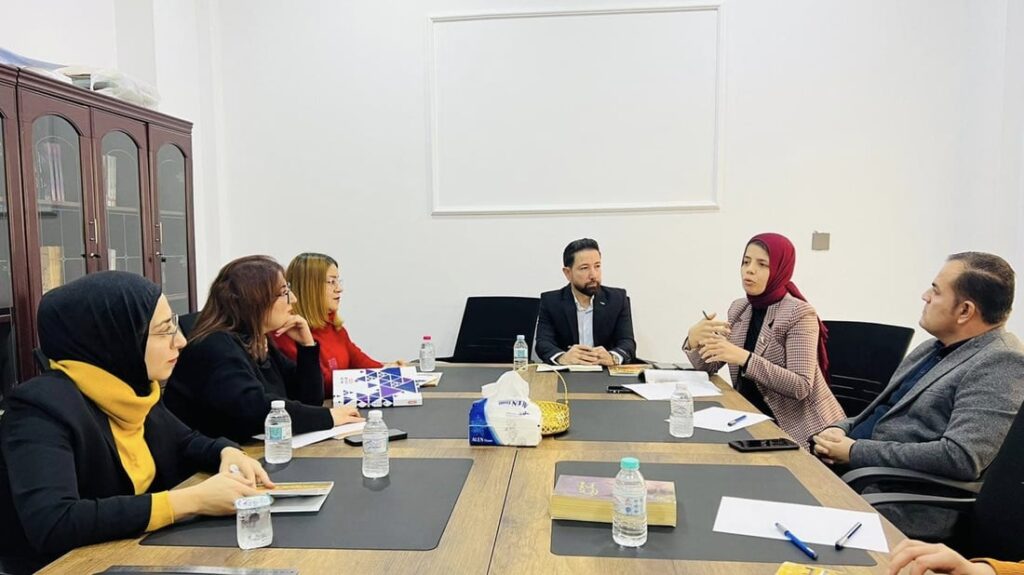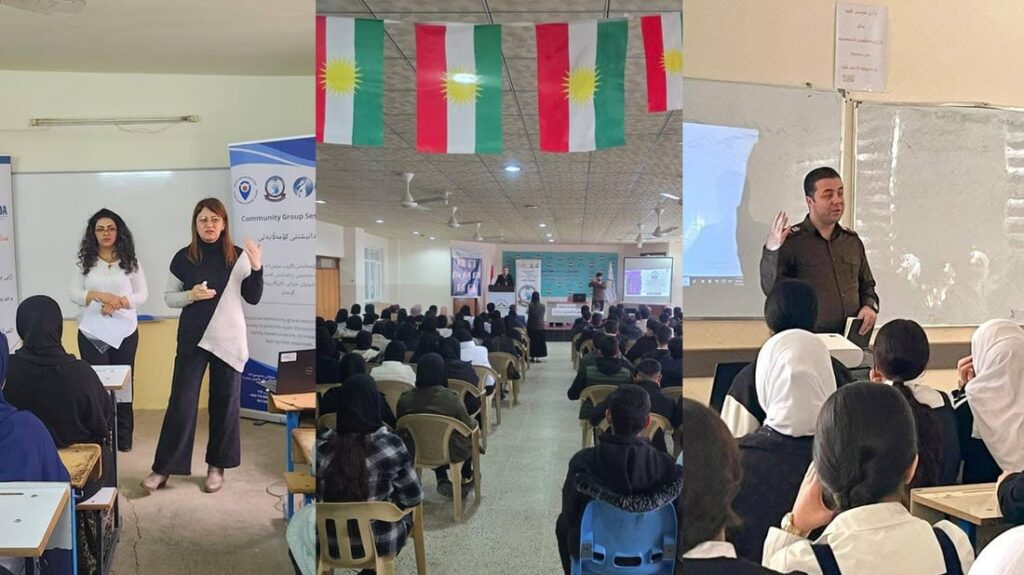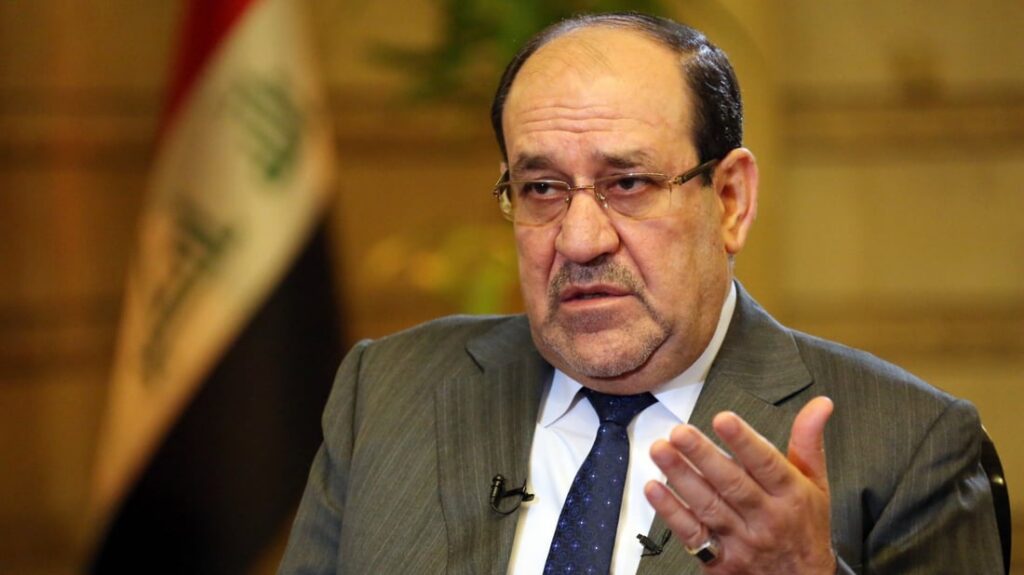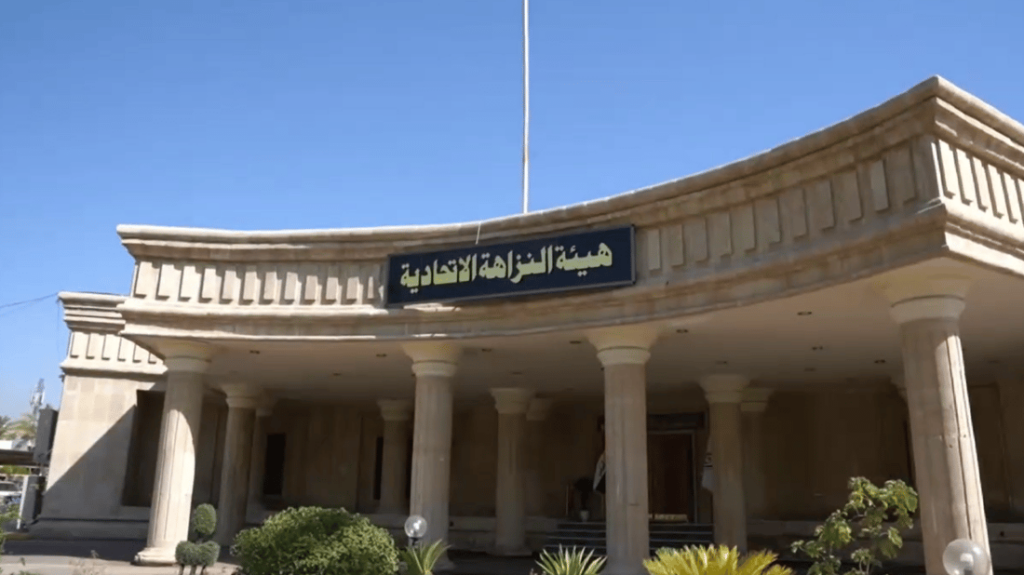Syrian Arab Republic: OCHA Syria ǀ Situation Report #12: Humanitarian impact of the military operation in north-eastern Syria, 1-19 November 2019
Highlights
Clashes continued between the Syrian Democratic Forces (SDF), the Syrian Arab Army (SAA), and Turkish backed forces, concentrated around the M4 highway and Tal Tamer district in Al-Hasakeh. Further displacement was reported.
Several civilian casualties occurred due to improvised explosive devices (IEDs) in Afrin, Quamishli, and along the Tell Abiad-Ras al-Ain corridor. On 16 November, a car bomb in Al Bab, Aleppo reportedly killed 14 people and injured 27, including civilians.
On 13 November, Alouk water station was repaired following reconnection of the Debarseyah supply line, again restoring water to 460,000 people in Al-Hasakeh city and surrounding areas. General services have deteriorated in Tell Abiad and Suluk districts in Ar-Raqqa governorate, with the power supply from Euphrates Dam reportedly cut off, education facilities closed, and only two hospitals functioning. While markets are gradually resuming, a general price increase of 20-30 per cent has been observed.
On 17 November, the Ministry of Health (MoH) with support from partners, commenced a five-day polio vaccination campaign targeting 65,500 children under five in eastern and western rural Deir-ez-Zor governorate.
To date, 75,438 people, including around 31,680 children and 18,860 women of reproductive age, remain displaced from Al-Hasakeh (48,884), Ar-Raqqa (19,471) and Aleppo (7,083) governorates; 117,132 people returned to their areas of origin. Almost half of those have returned to areas now under Turkish Armed Forces (TAF) control in Tell Abiad, Ein Issa, and Suluk sub-districts in Ar-Raqqa governorate.
More than 15,750 Syrians have entered Iraq through informal crossing points; almost two-thirds (10,127) are being hosted in Bardarash camp, with 1,881 in Gawilan camp, and the remainder (3,751) have left the camps. To date, just over 13,630 have registered as refugees; 34 per cent originate from Quamishli and 33 per cent from Ras al-Ain.





